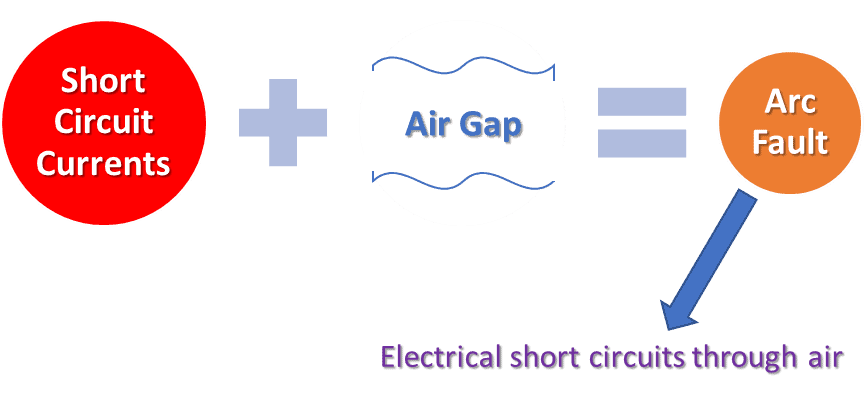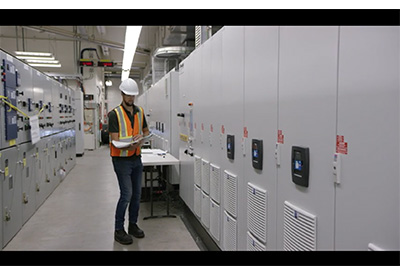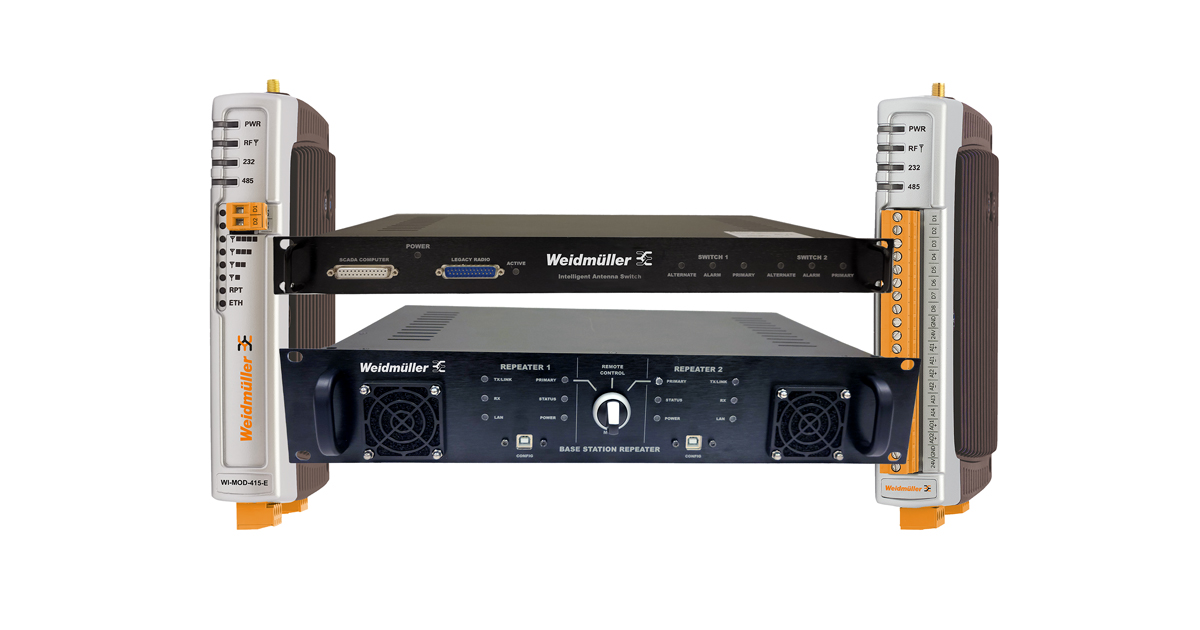Arc Flash Reduction: Defending Against Electrical Hazards

March 27, 2024
By Nathan Chick, Marketing Communications Manager, NOARK
Today, we’re going to dive into the phenomenon of arc flash and the need for its mitigation. Now, you might be wondering, “What on earth is arc flash?” By the end of this blog post, you’ll have a clear understanding of what it is and why it’s important to mitigate the impact.
What is Arc Flash Reduction?
According to NEC Article 240.87, arc energy reduction is required for circuit breakers applications of ratings 1200A and above. The requirement from the code includes proof of documentation to show the location, system, and a means of reducing the clearing time of the arc flash. Arc flash reduction as stipulated by NEC is a set of safety measures designed to minimize the risk of electrical accidents caused by arc flashes.
But hold on, what’s an arc flash? Well, an arc flash is a sudden release of energy through the air, resulting from an electrical short circuit through air otherwise known as Arc Faults. This intense release of heat, light, and pressure can cause severe burns, injury, or even death. For context, the sun surface temperature measures about 10,000°F while the temperature around an arc flash can go up to 35,000°F

While a servicing electrician is working in live electrical equipment, arc-energy reduction aims to reduce the amount of arc energy present in the energized equipment. There may be circumstances in which electrical equipment that is energized needs to be serviced.
The Importance of Arc Flash Reduction:
Now, you might be thinking, “Do I really need to worry about arc flash reduction?” Well, while not everyone encounters arc flash hazards daily, it’s essential to understand the potential risks involved and take necessary precautions. Arc flash incidents can occur in various industries, including manufacturing, construction, and energy sectors, where electricity plays a significant role.
Imagine this: you’re an electrician, diligently working on a live electrical panel. Suddenly, due to a faulty connection, an arc flash occurs. Without proper arc flash reduction measures in place, you could be exposed to extreme heat, blinding light, and a high-pressure blast.
How does Arc Flash Reduction Work?
Arc flash reduction employs a combination of engineering controls, safe work practices, and personal protective equipment (PPE) to minimize the risks associated with arc flashes. Here are some key measures used in arc flash reduction:
1. Equipment Maintenance: Regular maintenance and inspections of electrical equipment help identify potential faults or issues before they escalate into dangerous situations.
2. Risk Assessment: Conducting a thorough study of analysis of electrical systems can identify potential hazards and measure arc flash incident energy levels. This helps to determine the appropriate level of PPE required as stipulated in NFPA 70E Section 130.3
3. Electrical System Design: Employing proper engineering practices, such as selecting the right equipment and employing arc reduction designs provided for in NEC Article 240.87, can significantly reduce the risks of arc flashes.
4. Safe Work Practices: Implementing safety protocols, like de-energizing equipment before working on it, using insulated tools, and maintaining proper clearance distances, helps minimize the chances of an arc flash incident.
5. Personal Protective Equipment: Wearing flame-resistant clothing, arc-rated face shields, gloves, and other appropriate PPE provides an additional layer of protection for workers in the event of an arc flash.
Employ Proper Arc Flash Reduction with NOARK Electric Components
So, there you have it! Arc flash reduction is all about taking necessary steps to protect individuals from the potentially catastrophic effects of arc flash incidents. By implementing engineering controls, adopting safe work practices, and donning appropriate PPE, we can ensure a safer working environment for everyone.












